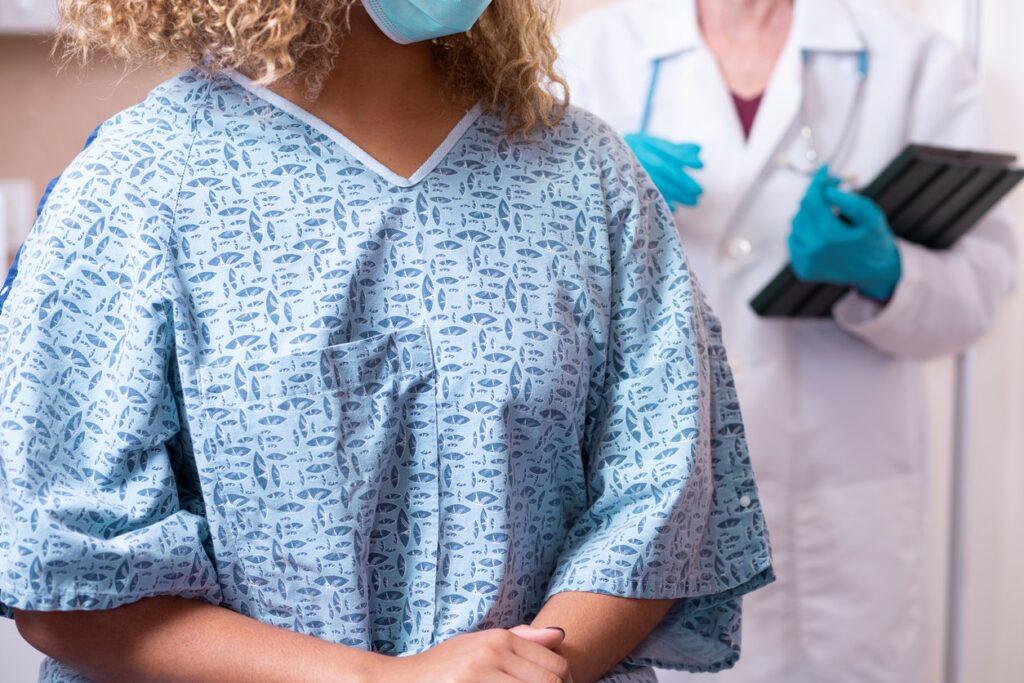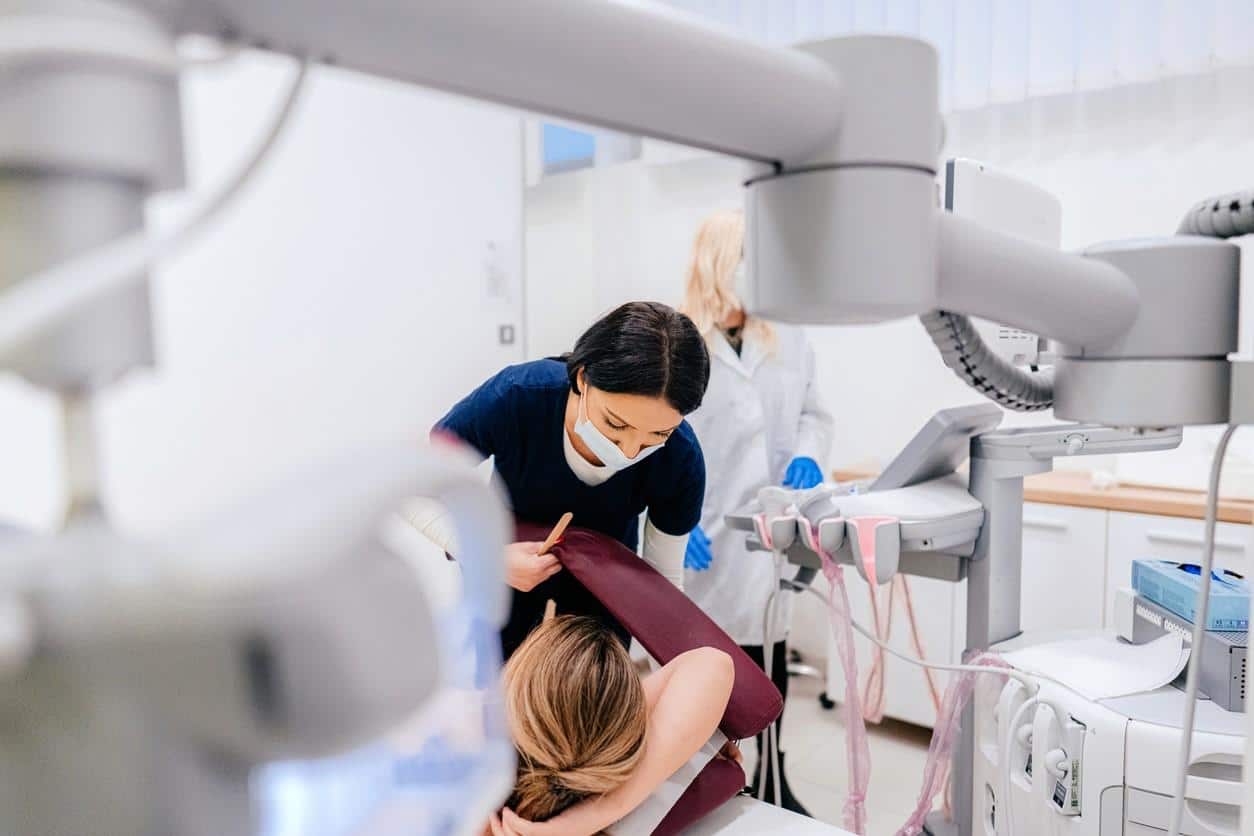Your homeopathic clinic or health spa may have informed you that they are offering thermography breast cancer screening services. While you may think that this is good news for you, we are here to tell you otherwise.
We encourage you to take your regular breast cancer screening but not using thermography. Keep reading, and we will show you why thermography isn’t right for breast cancer screening. Let us begin by exploring what thermography is.
What is a Thermograph?
Thermographs have gained popularity in the recent past due to the surge in the need to take body temperature to determine one’s health status before accessing some facilities.
A thermograph gadget uses infrared technology to map the temperature of a surface. Thermography is the use of these gadgets to measure body temperature.
How is Thermography Used to Screen Breasts?
When you go for a thermograph screening for your breasts, the gadget is pointed to your breasts. It then takes and records the temperature. Those who use it argue that if it detects variations in temperature on the same breast, it is an indication that the part with a higher temperature could be cancerous.
A part of the breasts that has cancerous cells is likely to have more blood vessels. Consequently, the temperature in that area may be higher than in areas without cancer cells. This is how thermography is used to screen your breasts.
Is Thermography Effective In Screening for Cancer?
According to the FDA, thermography is not effective in screening for cancer for the following reasons:
- -It only indicates heat patterns on your breasts. A temperature variation may not indicate the presence of cancer cells.
- -Thermography may miss detecting cancer cells at an early stage. When cancer cells are detected early, treating the breasts successfully becomes easier and cheaper.
Unfortunately, if you take a thermograph and it fails to detect present cancerous cells, you will get a false assurance that you are cancer-free. As you wait for your next screening appointment, the cells will keep multiplying, and you may develop symptoms like a lump on the breast.
- -Some thermograph screening service providers allege that the gadget can discover potential cancers before they form. The FDA warns that the claim that thermography can detect potentially cancerous cells before they for is misleading.
- –Research shows that thermograph has a high rate of false-negative and false-positive results. A false negative happens when thermography fails to identify present cancer cells. In a false positive, thermography detects cancer cells where they do not exist.
- -Thermography should not be used as a stand-alone screening technique. FDA has only cleared it for use alongside other effective primary screening tests like mammography.
- -FDA is taking regulatory action against thermograph gadget manufacturers and healthcare providers misleading the public about the efficacy of thermography in screening breast cancer.
- -According to Harvard Medical School Health Publishing, thermography should not substitute mammography since there is no proof of its usefulness.
Now that you know what thermography is and why it is not the best breast cancer screening technique, let us look at mammography, the most widely used screening method for breast cancer.

What is Mammography?
Mammography is the use of X-rays to detect unusual masses or changes in your breast tissues. During the mammography test, your breast is pressed between two metal plates. An X-ray is taken in this position as the breast tissues are spread out, allowing deep examination.
Experts advise women to take regular mammography tests. However, the frequency of your tests can be determined by several factors. Here are some of them:
- -Your risk is higher if you are over 40 years. However, mammography is more effective in women above 50 years.
- -If you have a personal history of breast cancer
- -When your family has a history of breast cancer
- -Genetic factors like BRCA1 or BRCA2 genetic changes
- -The density of your breast tissues
- -Your frequency of breast cancer screening
Benefits of Mammograph Tests
- -It is highly accurate. Statistics show that mammography can detect cancer cells with 87% accuracy. This means it will pick out 87% of women whose tests are positive for breast cancer.
- -It identifies cancer cells still in their formative stages, allowing for early treatment.
- -Mammography is effective in fatty breasts.
- -It can pick out breast cancer cells more effectively in women over 50 years.
Why Should You Take a Mammograph Test
- -Detection of breast cancer early can save your life. The American Cancer Society reports that your breast cancer is 99% curable if it is diagnosed before it spreads to the rest of the body.
- -As you age, you have a higher risk of developing breast cancer. This happens even when there is no family history of breast cancer. Family history, alcohol use, physical inactivity, and obesity are other factors that increase your risk of getting breast cancer.
- -Mammography is affordable. Most facilities offering mammography tests like Women’s Imaging Specialists give pocket-friendly rates for breast cancer screening.
- -Cancer cells are not always easy to feel with your hands. Sometimes you may have them and experience no symptoms. However, a mammograph will pick them out regardless of their stage of growth.
- -It is quick. It only takes a few minutes to carry out your mammography test.
At Women’s Imaging Specialists, we carry out 3D diagnostic mammography and screening that is highly accurate. For patients with dense breast tissues, we offer 3D automated whole breast ultrasounds. This test penetrates deep into the breast tissues checking for cancer cells to catch them early.
We also offer targeted diagnostic breast ultrasounds for breasts that need further examination after an initial screening. With our state-of-the-art diagnostic machines, we will provide the best screening services in about 20 minutes.
Visit our screening page today and schedule your screening. Our friendly and highly professional staff will be waiting on the other hand to answer any questions concerning your mammography test.


